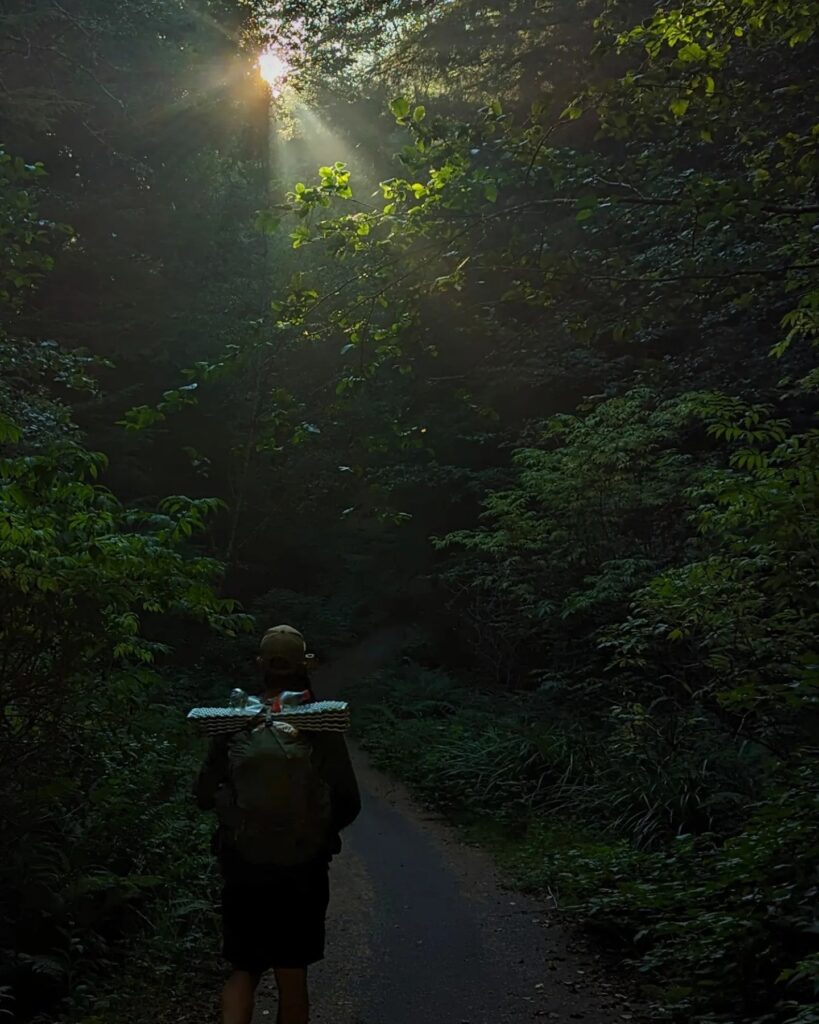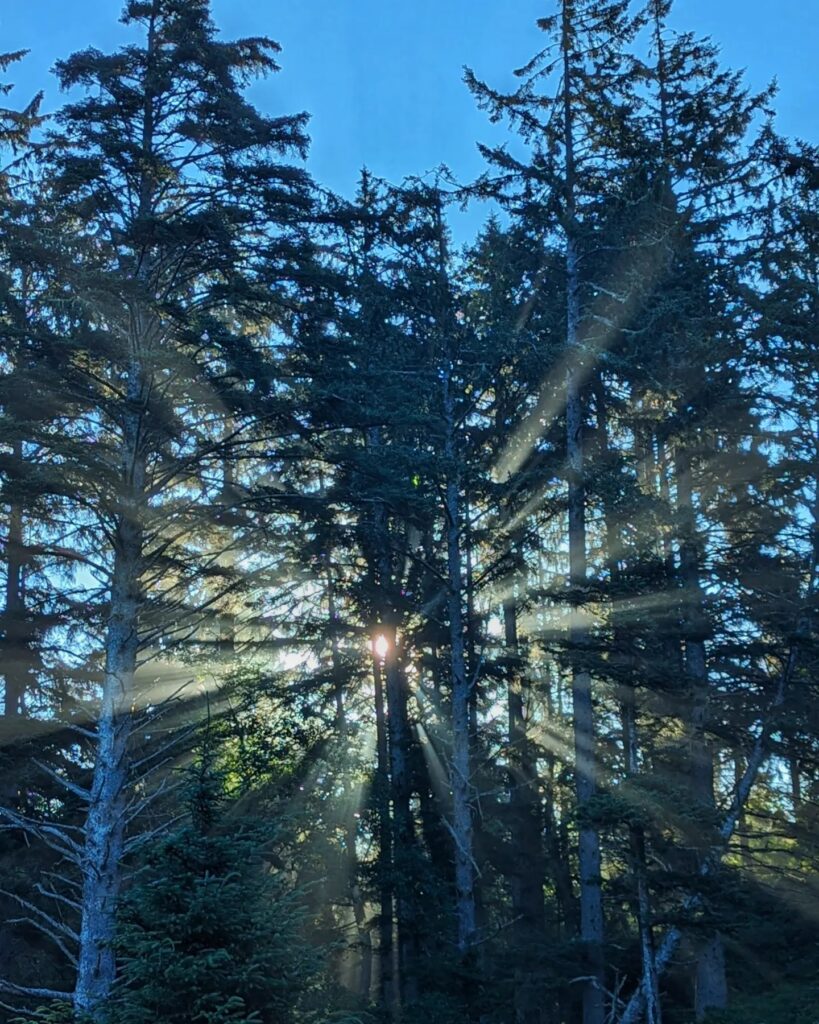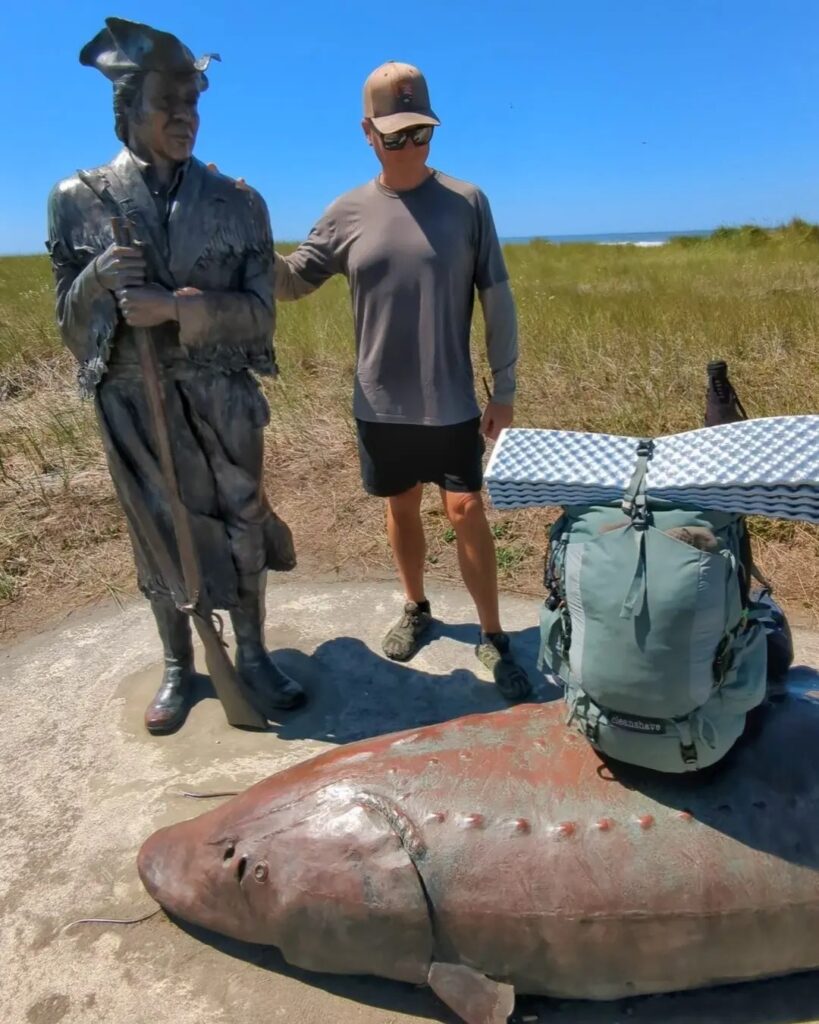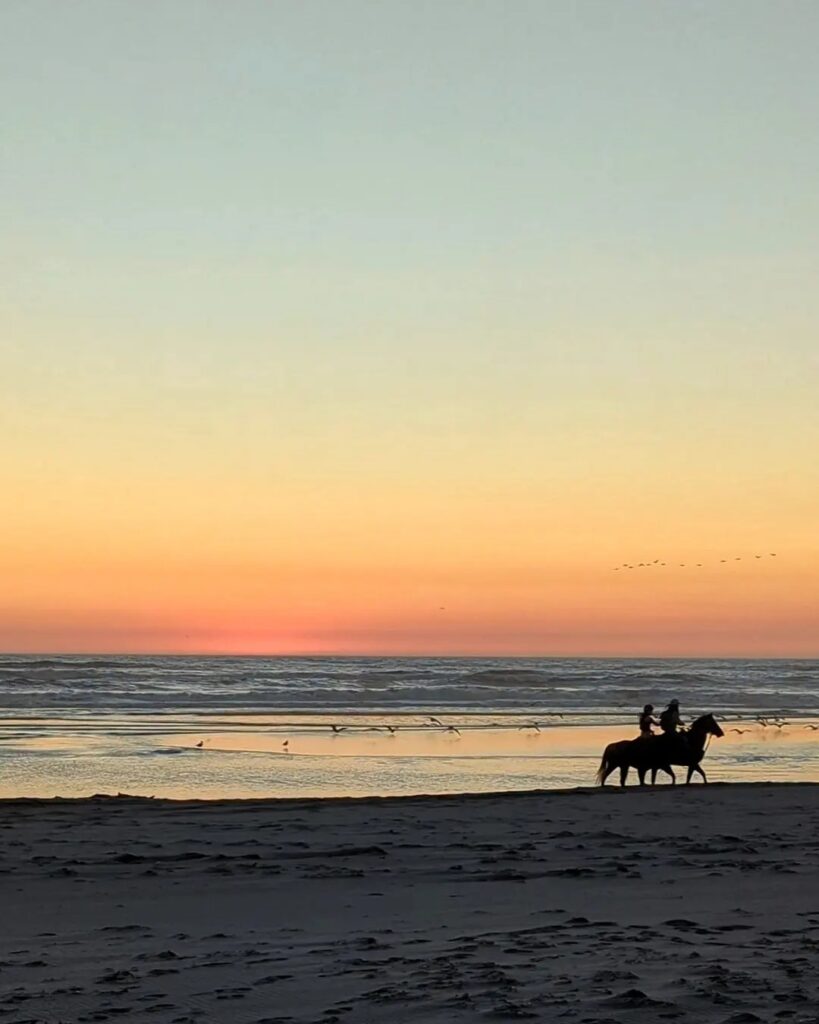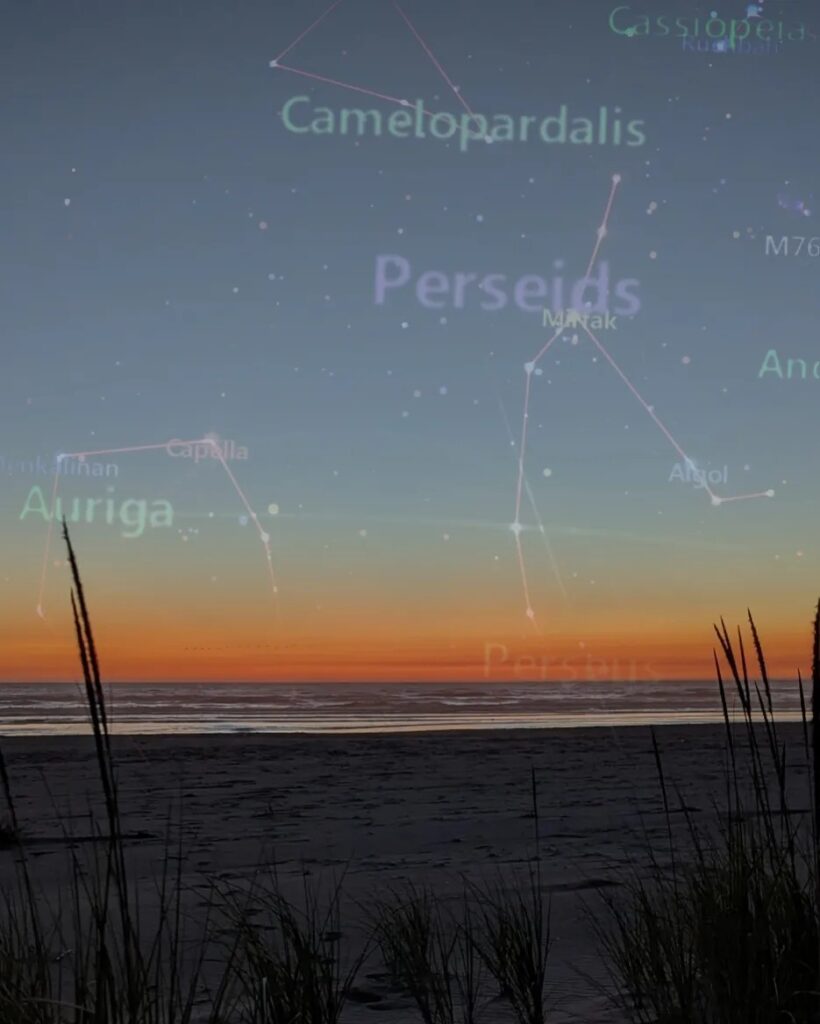He emerged from the dense thicket of trees, following the Discovery Trail north towards the expanse of Willapa Bay, a realm that dictated a quarter of the United States’ oyster yield.
His journey was destined for the northern tip of the North Head Discovery Trail in Long Beach, Washington. There, a 20-foot-tall bronze statue stood, a monument known as “Clark’s Tree.” Crafted by Stanley Wanlass in 2009, the sculpture immortalized the spot where, on November 19, 1805, William Clark marked his name onto a living tree, a testament of exploration for the fledgling United States.
Sitting on the beach, he allowed the resounding crash of waves to engulf him, a symphony that stole away his sense of self and time. The sunset’s hues seemed to engulf the surroundings, a tidal wave of colors that ensnared him while meteors carved luminous paths across the deepening sky.
The Perseid meteor shower, remnants from Comet Swift-Tuttle’s passage near Earth in 1992, painted the night canvas. Hurtling 60 miles up at 133,200 mph, each meteor seared a path through the Earth’s atmosphere as it made its final descent.
Nothing lasts forever.
Yet, within the sonorous rhythm of the waves, he found himself enfolded in an unceasing eternity. A constant undercurrent that most people overlooked, entranced by the hustle and bustle of life.
How does one convey such serenity to others?
#wandering #PNW #beachbum
